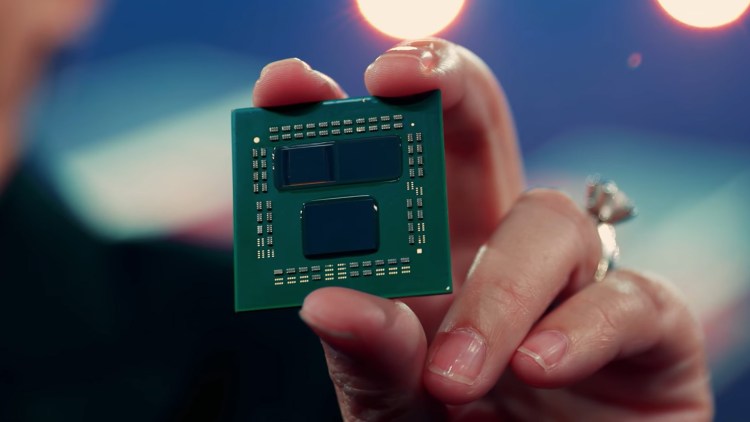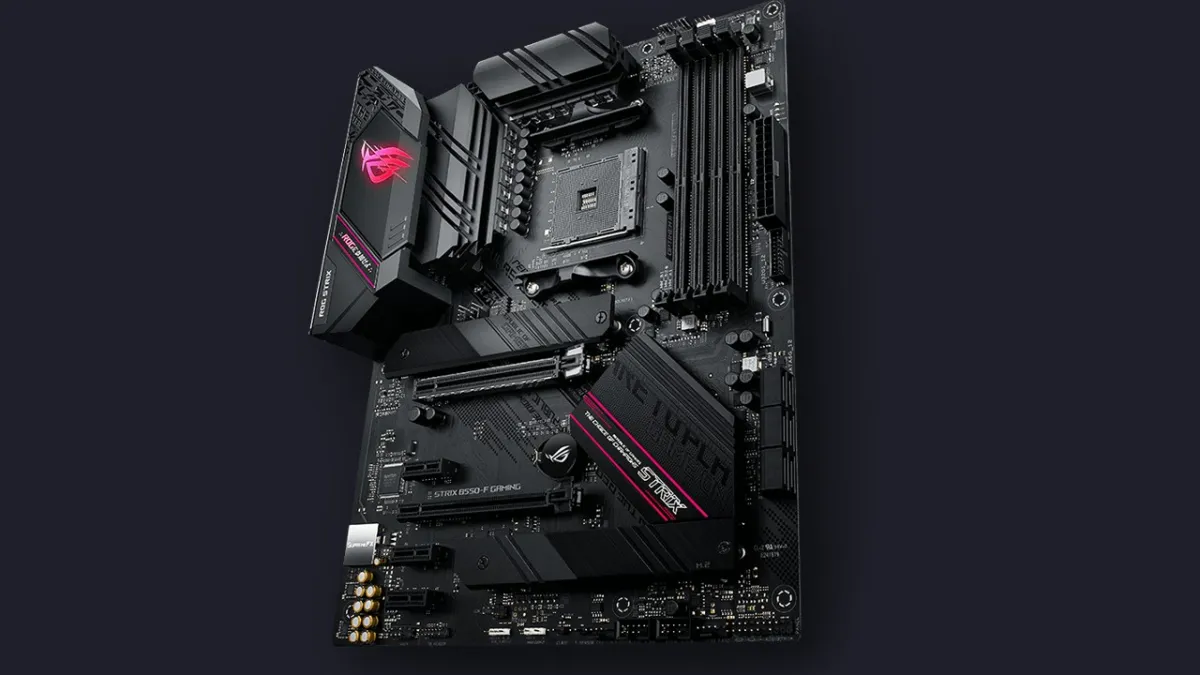TSMC just held its Technology Symposium event for Computex 2021 and revealed its commitment to maintaining process leadership for semiconductor engineering and manufacturing. Among the many topics discussed, the gradual replacement of 7nm production with the improved 6nm process came up. This denser, more efficient TSMC 6nm process offers an easy transition for designs like the AMD Zen 3 architecture and will ultimately allow companies to reap better transistor density, clock speeds, and/or power efficiency. The key takeaway of such progress is that AMD could offer even better Ryzen gaming performance in the near future if it moves Zen 3 over to 6nm.
As cool as the above image is, it’s not a purple version of the Death Star super laser from Star Wars. It’s actually a render of the EUV manufacturing process, which uses lasers and other light patterning techniques to create computer chips. It’s some really cool stuff that one has to stop an marvel at, but the resulting gaming processors are what you’re here for.
Just swap it out (it’s a little more complex than that)
As already stated, TSMC offers industry-leading manufacturing. It’s best known for its 5nm and 7nm nodes. 5nm is currently the most advanced node for volume production, but AMD isn’t far behind at 7nm. AMD has used TSMC’s 7nm node since Zen 2 for the Ryzen 3000 Series to make some of the best processors on the market. TSMC is iterative though, and actually has a methodology for making small improvements to these processes over time. Using advanced new techniques including EUV lithography, it can simply improve the manufacturing process without costly research into significantly smaller nodes. In the case of 6nm, TSMC and AMD can port Zen 3 to a smaller node with much less effort and cost than going to, say, 5nm.
According to TSMC, it plans to replace 48-50% of 7nm with 6nm by Q4 of 2021 and the transition is sure to continue into 2022. What 6nm means for AMD is still unclear, as the company has not commented on the TSMC manufacturing shift yet. What it could potentially mean is huge, though, for PC gaming. Zen 3 on the Ryzen 5000 Series is generally regarded as the crème de la crème for PC gaming at the moment. Intel has Alder Lake coming up to challenge that crown, but there are still some uncertainties about the success of Intel’s next design.
Years of domination?
What is certain though, is that AMD has a clear path forward. The company just announced that it plans to ship Zen 4 in 2022. Rumors suggest late 2022, however, which means a long gap in between Zen 3 and Zen 4. Conveniently enough, the company also revealed a new 3D stacked design for Zen 3 during its own showcase at Computex 2021. It offers a 15% average performance boost for gaming, and AMD plans to start production by the end of the year for Ryzen. Naturally that leads to a lot of questions, but this news from TSMC presents AMD with an additional opportunity to further boost performance for Zen 3 if it wants to.
Now that AMD has confirmed 3D stacking will arrive for Ryzen Zen 3 desktop processors, we’re looking at the potential for another 15% gaming performance uplift from the 3D stacking, plus that brought on from a node shrink if AMD chooses to port Zen 3 to TSMC 6nm as well. The competition between Intel and AMD should make for a very interesting late 2021 and 2022. And likely for years to come.







Published: Jun 2, 2021 04:30 pm